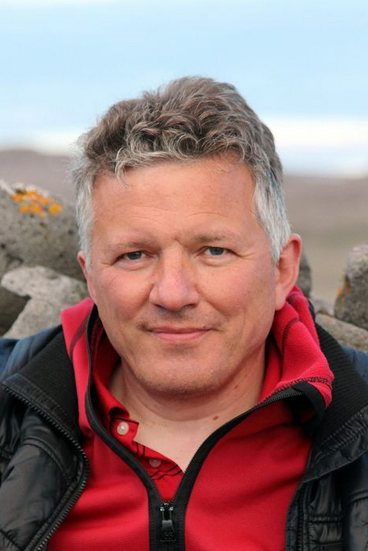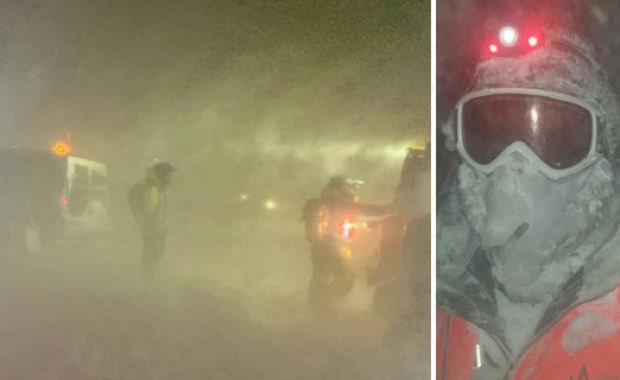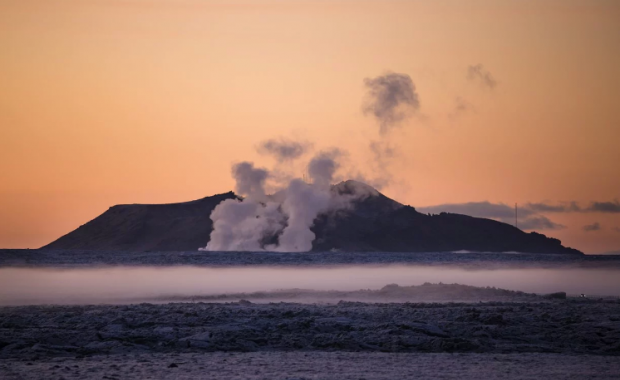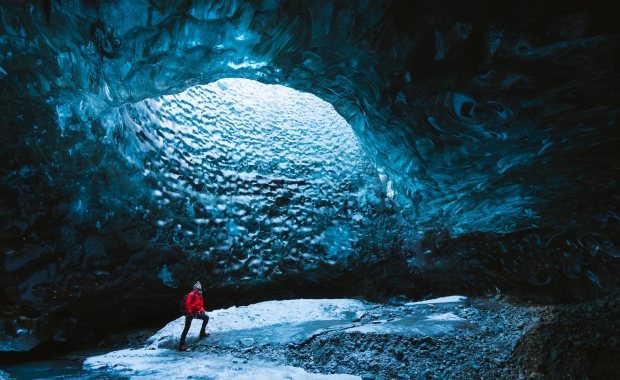Archaeological remains, some from the Viking age, are being threatened by coastal erosion. The scale of the problem remains unknown due to the lack of funds.
Coastal erosion is a serious threat to archaeological sites in many places around Iceland. Many of these sites are believed to contain items and remains dating from the settlement of Iceland and the Viking age.

Erosion is destroying archaeological sites in the Westfjords
Eyþór Eðvarðsson, the chairman of the Archaeological society of Súgandafjörður tells local news service Visir.is that numerous archaeological sites by the seaside are being eroded away, washing invaluable treasures out to sea. Súgandafjörður is a bay in the Northern Westfjords in North-Western Iceland.
“You visit places like Sæból in Önundarfjörður bay [in the Westfjords], the site of one of those large settlement farms, mentioned in the book Landnáma [the “book of settlement”, which chronicles the settlement of Iceland], and you see that the erosion is such that one to three tonnes of earth have collapsed and in the wound in the earth you can see bones sticking out, remains of walls and other archaeological remains which are at most likely a thousand years old.”
And the sea threatens to claim Viking treasures in Snæfellsnes peninsula
In other places, like Gufuskálar on the Snæfellsnes peninsula, he argues sites are being washed to sea. “It‘s there we have been finding jewellery from the Viking age. And now these sites are in danger.”
Other remains which are being threatened by erosion date from the middle ages. These include numerous ruins of fishing bases, which were inhabited part for a few months in the winter by farmers who would travel from their farms to fish while there was little need for them at the farm.
Few sites have been studied by archaeologists for lack of funds
Eyþór points out that very few of these archaeological sites have been studied, and many more have not even been catalogued. Iceland remains largely unstudied by archaeologists, and current funding is nowhere nearly enough, not least when important sites are being destroyed by the elements.
Read more: Revisiting the Viking era: Four particularly interesting excavated sites around Iceland
“We need more money. Currently the state budgets 30 million ISK (225,000 USD /200,000 EUR) for archaeological research annually, which is obviously way too little.”
Eyþór calls upon the authorities to provide more funds for research and encourages locals to form voluntary associations in each fjord to monitor and protect archaeological sites.
Archaeological remains, some from the Viking age, are being threatened by coastal erosion. The scale of the problem remains unknown due to the lack of funds.
Coastal erosion is a serious threat to archaeological sites in many places around Iceland. Many of these sites are believed to contain items and remains dating from the settlement of Iceland and the Viking age.

Erosion is destroying archaeological sites in the Westfjords
Eyþór Eðvarðsson, the chairman of the Archaeological society of Súgandafjörður tells local news service Visir.is that numerous archaeological sites by the seaside are being eroded away, washing invaluable treasures out to sea. Súgandafjörður is a bay in the Northern Westfjords in North-Western Iceland.
“You visit places like Sæból in Önundarfjörður bay [in the Westfjords], the site of one of those large settlement farms, mentioned in the book Landnáma [the “book of settlement”, which chronicles the settlement of Iceland], and you see that the erosion is such that one to three tonnes of earth have collapsed and in the wound in the earth you can see bones sticking out, remains of walls and other archaeological remains which are at most likely a thousand years old.”
And the sea threatens to claim Viking treasures in Snæfellsnes peninsula
In other places, like Gufuskálar on the Snæfellsnes peninsula, he argues sites are being washed to sea. “It‘s there we have been finding jewellery from the Viking age. And now these sites are in danger.”
Other remains which are being threatened by erosion date from the middle ages. These include numerous ruins of fishing bases, which were inhabited part for a few months in the winter by farmers who would travel from their farms to fish while there was little need for them at the farm.
Few sites have been studied by archaeologists for lack of funds
Eyþór points out that very few of these archaeological sites have been studied, and many more have not even been catalogued. Iceland remains largely unstudied by archaeologists, and current funding is nowhere nearly enough, not least when important sites are being destroyed by the elements.
Read more: Revisiting the Viking era: Four particularly interesting excavated sites around Iceland
“We need more money. Currently the state budgets 30 million ISK (225,000 USD /200,000 EUR) for archaeological research annually, which is obviously way too little.”
Eyþór calls upon the authorities to provide more funds for research and encourages locals to form voluntary associations in each fjord to monitor and protect archaeological sites.







